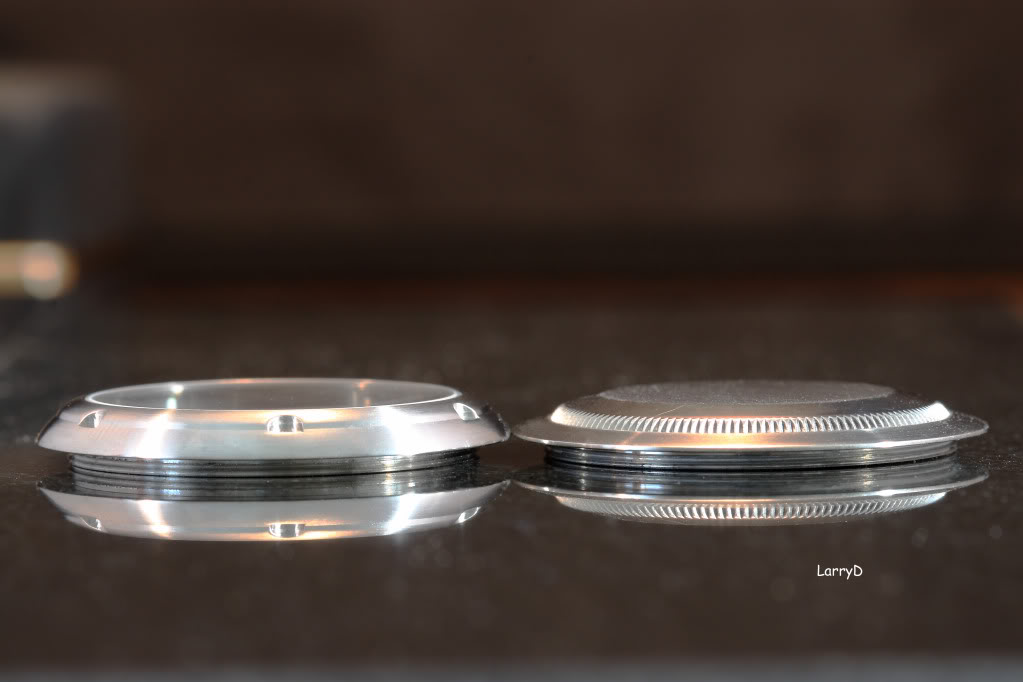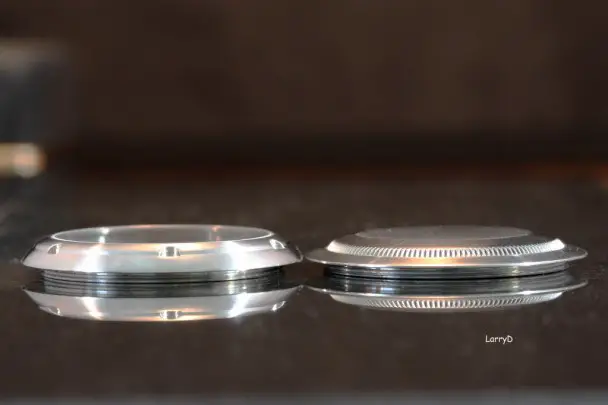Sapphire screens may soon replace glass in smartphones
There are all kinds of rumors and predictions in the tech world every day, but most are the standard fare of faster processor, better screen and newer software. What you don’t see as often is a prediction that is based on science, and could change how almost every smartphone is made. However, if a prediction from MIT’s Technology Review turns out to be true, then the material used for almost every smartphone’s display could soon change from glass to something much better: sapphire.
Gorilla Glass may be strong, but it is only around a seven on the Mohs hardness scale, even though some claim a hardness of up to nine. Sapphire, on the other hand, is a true nine on the scale, just below diamonds. This wouldn’t make sapphire screens invincible, but they would much more resistant to damage than regular soda lime glass or even Gorilla Glass screens. In fact, Apple uses sapphire instead of glass to cover the camera sensor on the iPhone 5, and the military uses sapphire to make transparent armor.
However, even with all these benefits, the one reason that sapphire screens haven’t become standard fare for smartphones is the price. According to Technology Review, a standard Gorilla Glass display costs around $3, and a similar display made of sapphire would be a pricey $30. Fortunately, that is is predicted to change in the very near future, which analysts believe could result in newer smartphones being released with sapphire screens. The predicted $20 price drop would still leave sapphire screens costing about $10, $7 more than the Gorilla Glass variant, but the better durability of sapphire (said to be three times that of Gorilla Glass by some measures) should make up for the extra cost.
If sapphire does drop in price as predicted, it would make a lot of sense for manufacturers to begin offering sapphire screens. Sapphire has already replaced glass for many high-end watch faces such as the one in the image above, for the very reasons that would make it perfect for smartphone displays. Obviously, some research effort will have to go into switching from glass to sapphire screens, but the end result should be worth it if the price of sapphire drops as expected.
In fact, with the luck I’ve had with my Nexus 7, I wouldn’t even be opposed to paying an extra $30 for a sapphire display. In fact, I would be quite happy if one of Motorola’s future devices had a Kevlar casing and sapphire screen, although that probably won’t be happening anytime soon.
[MIT Technology Review]


